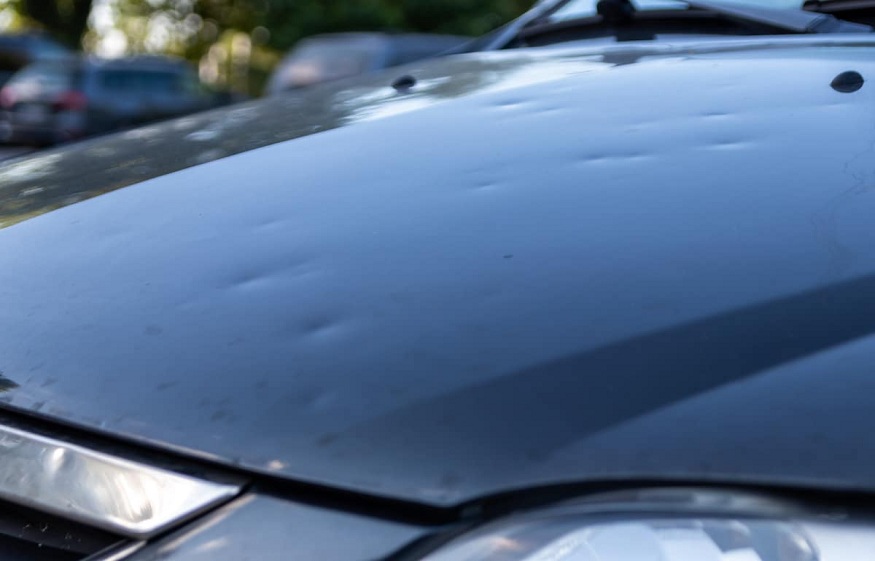Hailstorms can be a force of nature’s fury, leaving behind a trail of destruction that can affect both property and vehicles. If you’ve recently experienced a hailstorm in your area, there’s a chance that your car may have suffered hail damage. Understanding what hail damage is, how to identify it, and what steps to take next is crucial to ensure your car gets the necessary repairs and retains its value.
In this blog, we’ll discuss everything you need to know about hail-damaged cars and the importance of auto hail repair services.
What is Hail Damage?
Hail damage refers to the dents, dings, and other cosmetic or structural issues that occur when a vehicle is pelted with hailstones during a storm. The severity of the damage can vary depending on factors like the size and density of the hailstones, the speed and direction of the wind, and the material of your car’s exterior.
How to Identify Hail Damage
Identifying hail damage isn’t always simple, as it can be subtle or easily mistaken for other types of damage. Here are some common signs to look for before getting hail damage repair services:
- Dents or dimples on the car’s exterior: Inspect the roof, hood, trunk, and side panels for small dents that are often concentrated in one area.
- Cracked or shattered glass: Hailstones can chip or crack your windshield and windows.
- Paint damage: Look for chipped or scratched paint, which can expose your car’s metal body to rust.
- Water leaks: Hail damage can create openings that allow water to seep into your car’s interior, leading to mold and mildew issues.
- Broken or damaged accessories: Check your side mirrors, antennas, and other external accessories for signs of damage.
Assessing the Severity of Hail Damage
Not all hail damage is the same, and the severity can range from minor cosmetic issues to extensive structural vehicle hail damage repair. To assess the severity, consider the following factors:
- Size of the hailstones: Larger hailstones can cause more significant damage.
- Density of hail hits: A concentrated area of dents is a clear sign of severe hail damage.
- Material of your car: The type of material used in your car’s body can influence how it withstands hail impact.
- Depth of the dents: Deep dents may affect the structural integrity of your vehicle.
What to Do if Your Car is Hail-damaged
If you suspect that your car has hail damage, here are the steps you should take:
- Document the damage: Take clear photos of the hail damage from multiple angles. This will be useful for insurance claims and car hail damage repair
- Contact your insurance company: Notify your insurance provider as soon as possible. Hail damage is often covered under comprehensive insurance policies, but you should confirm the details with your insurer.
- Get an estimate: Have a professional assess the damage and provide you with a repair estimate. This will help you understand the extent of the repairs needed.
- Choose a reputable repair shop: Select an auto repair shop with experience in hail damage repair or paintless dent repair in Dallas. Make sure they use high-quality replacement parts and have a good reputation.
- File your insurance claim: Follow the process outlined by your insurance company to file a claim for the repairs.
- Consider paintless dent repair (PDR): For minor hail damage, PDR can be a cost-effective and efficient option. It involves massaging the dents out from the inside without the need for repainting.
- Maintain regular inspections: After repairs, continue to inspect your car regularly for any hidden damage that may have been missed during the initial assessment.
Conclusion
Hailstorms can be a natural disaster that leaves behind hidden damage to your vehicle. Identifying and addressing hail damage promptly is crucial to preserving the value and safety of your car. By following the steps outlined in this blog, you can ensure that your hail-damaged car is properly assessed, repaired, and protected from further damage.





